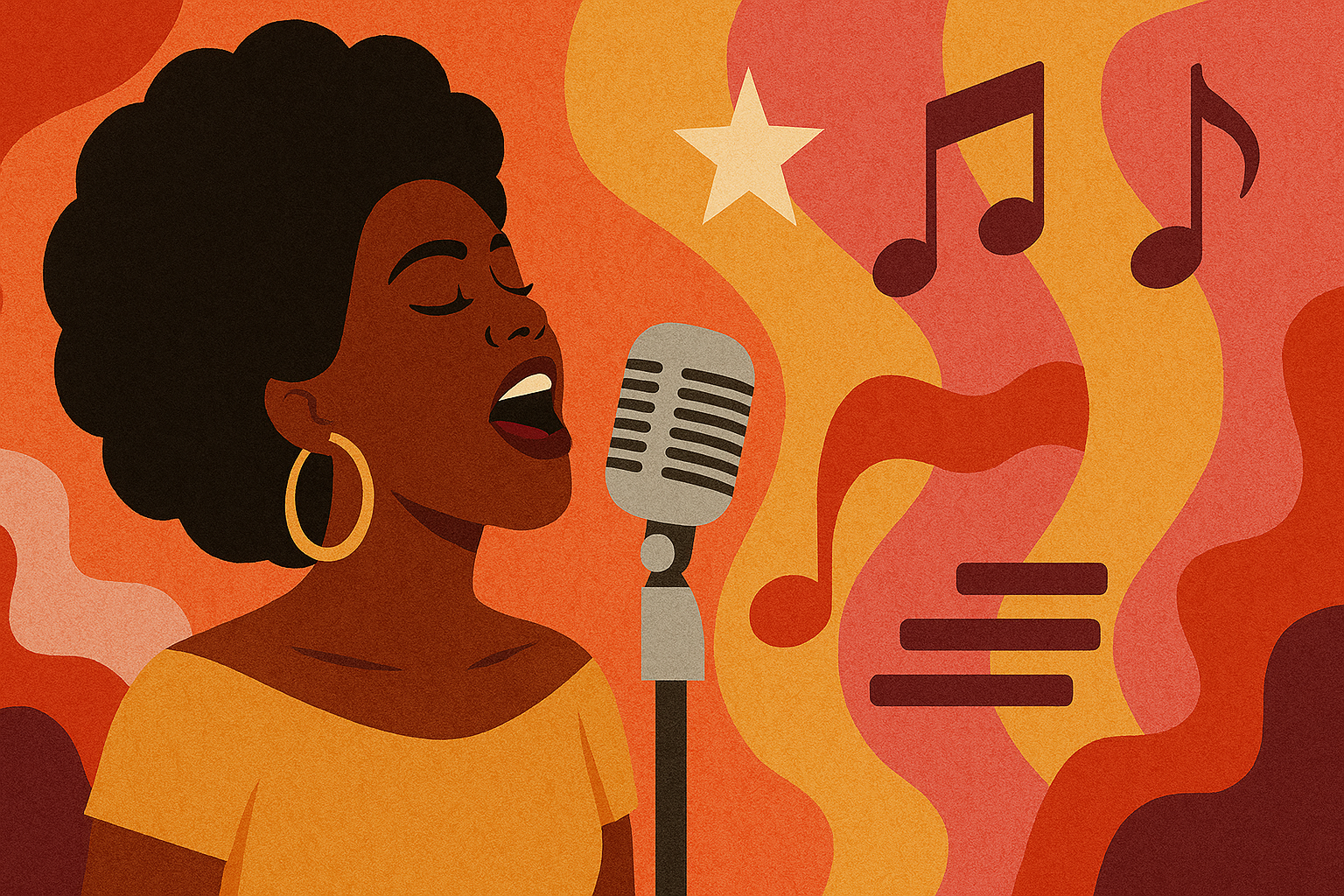Soul music has profoundly shaped modern pop music — in sound, style, performance, and emotional depth. Emerging from the African American experience in the 1950s–70s, soul blended gospel fervor, rhythm & blues, and blues feeling into a powerful, expressive form that continues to echo in today’s pop hits.
Here’s how soul music has affected current pop:
Vocal Style and Emotional Expression
- Soul music emphasized raw, emotional vocals — think Aretha Franklin, Otis Redding, Marvin Gaye — with gospel-inspired runs, melismas, and vocal intensity.
- Modern pop artists like Adele, Sam Smith, Beyoncé, and Bruno Mars directly channel this soulful vocal delivery, prioritizing emotion and authenticity over polished perfection.
- Even electronic pop (e.g., Dua Lipa, SZA) often includes soulful inflections and vocal layering rooted in this tradition.
Rhythm, Groove, and Feel
- Soul’s grooves, developed by labels like Stax and Motown, emphasized syncopation, tight bass lines, backbeat drumming, and horn stabs.
- Pop music today borrows these grooves:
- Mark Ronson’s “Uptown Funk” is steeped in soul and funk.
- Silk Sonic (Bruno Mars & Anderson .Paak) is a direct homage to 1970s soul.
- Even Taylor Swift and Justin Timberlake have incorporated soul and R&B rhythms in their crossover hits.
- Mark Ronson’s “Uptown Funk” is steeped in soul and funk.
Song Structure and Arrangements
- Soul popularized the use of dynamic builds, call-and-response, and emotional bridges.
- Many pop ballads today mirror this structure, using strings, gospel-inspired backing vocals, and expressive climaxes.
- Think: Alicia Keys, John Legend, Lewis Capaldi — all draw from the soul ballad blueprint.
Message and Social Consciousness
- Soul music carried powerful messages about love, pain, civil rights, and resilience (e.g., “What’s Going On,” “A Change Is Gonna Come”).
- Modern pop artists continue this tradition:
- H.E.R., Childish Gambino, Billie Eilish, and Lizzo incorporate themes of identity, justice, and empowerment, rooted in the soul tradition of speaking truth.
- H.E.R., Childish Gambino, Billie Eilish, and Lizzo incorporate themes of identity, justice, and empowerment, rooted in the soul tradition of speaking truth.
Style, Aesthetic, and Performance
- Soul artists helped define the look and feel of performance — from polished suits and choreography (Motown) to expressive solo artistry.
- The influence is seen in:
- Visual presentation (e.g., Janelle Monáe’s retro-futurist soul vibe)
- Stage performance and charisma (Beyoncé’s lineage from Tina Turner and James Brown)
- Nostalgia marketing (pop stars reviving vinyl aesthetics and analog sounds)
- Visual presentation (e.g., Janelle Monáe’s retro-futurist soul vibe)
In Summary:
Soul music gave pop:
- Its emotional depth and vocal firepower
- Its grooves and rhythm-driven arrangements
- A tradition of socially conscious lyrics
- A model of performance as both art and activism
Modern pop, even when electronic or genre-blending, often channels soul at its core — celebrating individual feeling, collective experience, and the transformative power of music.
